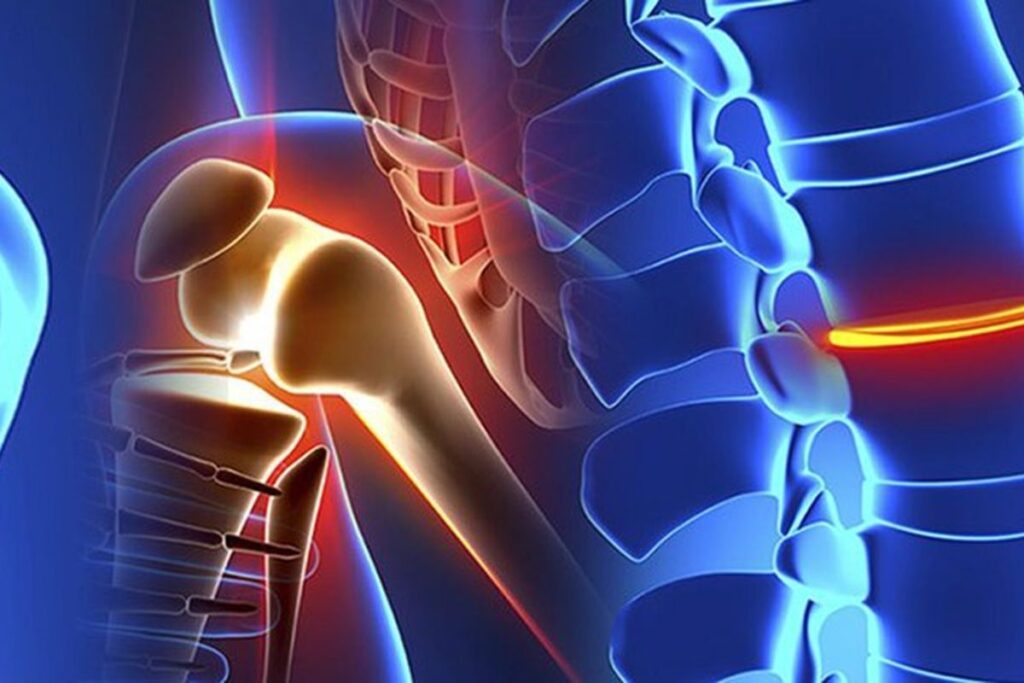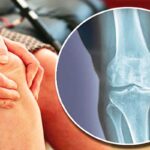
Orthopedic trauma refers to injuries involving the musculoskeletal system—bones, joints, muscles, ligaments, and tendons—often caused by sudden accidents or impacts. Injuries can vary from mild fractures to critical, potentially fatal conditions. Timely and effective treatment by an experienced specialist is crucial for recovery and long-term health. Dr. Ashish Suryawanshi, one of the best orthopedic surgeons in Pune, specializes in addressing orthope dictrauma. With clinics located in Nigdi and Thergaon, Pune, Dr. Suryawanshi provides expert care tailored to each patient’s needs.
What is Orthopedic Trauma?
Orthopedic trauma refers to diverse injuries affecting the bones, joints, and surrounding soft tissues. These injuries are often the result of unexpected accidents, falls, sports injuries, or high-impact events such as motor vehicle collisions. Orthopedic trauma can involve:
- Fractures (simple, complex, or compound
- Dislocations
- Tendon or ligament tears
- Soft tissue damage
Accurate diagnosis and timely treatment are crucial to avoid complications and promote proper healing. If left untreated, orthopedic trauma can lead to chronic pain, reduced mobility, and long-term disability.
What Are the Types of Orthopedic Trauma?
Orthopedic trauma is categorized into various types depending on the injury’s nature and severity:
- Fractures: Broken bones are the most common type of orthopedic trauma. These can be further categorized into:
- Simple fractures: A single clean break in the bone.
- Compound fractures: A compound fracture occurs when a broken bone breaks through the skin.
- Comminuted fractures: A comminuted fracture involves the bone breaking into multiple fragments.
- Dislocations: This occurs when a joint is forced out of its normal position, often affecting the shoulder, knee, or hip.
- Soft Tissue Injuries: Damage to muscles, ligaments, and tendons caused by trauma or overuse.
- Multiple Trauma: Severe cases where multiple bones or body parts are injured simultaneously, often requiring complex surgical interventions.
At Dr. Suryawanshi’s clinics in Nigdi and Thergaon, Pune, advanced diagnostic tools and treatment protocols are employed to classify and manage these injuries effectively.
What Causes Orthopedic Trauma?
Orthopedic trauma is typically caused by external forces that exert stress on the musculoskeletal system. Common causes include:
- Accidents: Road traffic collisions are a major cause of serious orthopedic injuries, such as fractures and dislocations.
- Sports Injuries: High-impact sports like football, basketball, and skiing can result in sprains, fractures, or ligament tears.
- Falls: Slips or falls from a height can lead to fractures, especially in older adults with weakened bones due to osteoporosis.
- Violence or Assault: Physical altercations or blunt force trauma can also cause significant orthopedic damage.
- Workplace Incidents: Injuries at construction sites or industrial settings often involve heavy machinery and tools, leading to complex fractures.
Understanding the cause of trauma helps determine the appropriate treatment approach, ensuring a faster recovery.
What Are the Symptoms Experienced During Orthopedic Trauma?
The symptoms of orthopedic trauma can vary depending on the severity and type of injury but often include:
- Pain: Acute or chronic pain at the site of injury.
- Swelling and Bruising: Localized inflammation and discoloration are common.
- Deformity: Visible misalignment in the affected bone or joint.
- Restricted Movement: Difficulty in moving the injured body part.
- Open Wounds: In cases of compound fractures, the broken bone may protrude through the skin.
- Numbness or Tingling: Nerve compression or damage near the injury site.
If you experience any of these symptoms, immediate consultation with a specialist like Dr.Ashish Suryawanshi is widely acknowledged as one of the best orthopedic doctors in Pune.
What Treatment Options Are Available for Orthopedic Trauma?
Orthopedic trauma treatment depends on the injury’s type, severity, and location. Common treatment approaches include:
Non-Surgical Treatments:
Immobilization: Using casts, splints, or braces to stabilize fractures.
Physical Therapy: A rehabilitation process aimed at regaining strength and mobility after an injury.
Medication: Includes painkillers and anti-inflammatory drugs to alleviate symptoms.
Surgical Treatments:
Open Reduction and Internal Fixation (ORIF): Surgical realignment of bones using metal plates, screws, or rods.
External Fixation: Stabilizing fractures with external metal frames.
Joint Replacement: Replacing damaged joints in severe cases, such as hip or knee trauma.
At Dr. Suryawanshi’s clinics in Nigdi and Thergaon, Pune, patients benefit from personalized care, state-of-the-art technology, and evidence-based treatment plans.
Summary
Orthopedic trauma encompasses a range of injuries to the bones, joints, muscles, and ligaments, often caused by accidents, falls, or sports activities. Early diagnosis and appropriate treatment are essential for a full recovery. Symptoms such as pain, swelling, and restricted movement should never be ignored. Consulting a specialist like Dr. Ashish Suryawanshi, recognized as one of the top orthopedic surgeons in Pune, provides expert care for the effective treatment of such injuries.
Dr. Suryawanshi’s clinics in Nigdi and Thergaon, Pune, offer advanced treatment options tailored to each patient’s needs. Whether it’s non-surgical rehabilitation or complex surgical interventions, you can trust Dr. Ashish Suryawanshi, the best orthopedic doctor in Pune, to guide you toward optimal recovery and long-term health.




